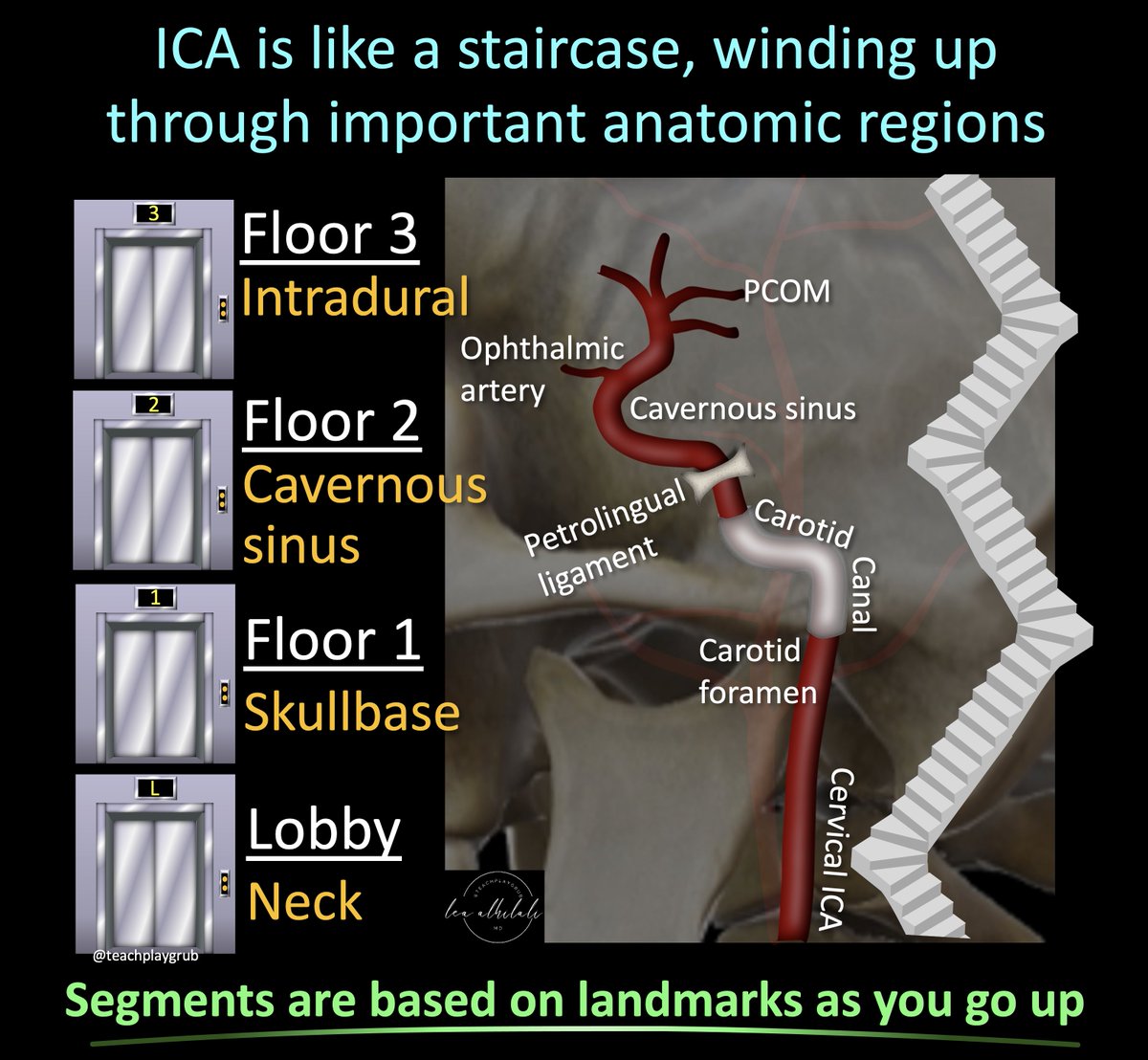
Neuroradiologist @HRInstitute_AZ. @BarrowNeuro. Striving to make learning neuroimaging and anatomy fun. If I can make you laugh, I can make you learn.
76 subscribers
How to get URL link on X (Twitter) App


 2/Let’s start at the top. At the vertex is the superior frontal gyrus. This is easy to remember, bc it’s at the top—and being at the top is superior. It’s like the superior king at the top of the vertex.
2/Let’s start at the top. At the vertex is the superior frontal gyrus. This is easy to remember, bc it’s at the top—and being at the top is superior. It’s like the superior king at the top of the vertex. 

 2/First, you must understand the pathophysiology of “idiopathic” or iNPH.
2/First, you must understand the pathophysiology of “idiopathic” or iNPH.

 2/ICA is like a staircase—winding up through important anatomic regions like a staircase winding up to each floor Lobby is the neck.
2/ICA is like a staircase—winding up through important anatomic regions like a staircase winding up to each floor Lobby is the neck. 

 2/Everyone knows the NASCET criteria:
2/Everyone knows the NASCET criteria: 

 2/The most common functional imaging used in dementia is FDG PET. And the most common dementia is Alzheimer’s disease (AD).
2/The most common functional imaging used in dementia is FDG PET. And the most common dementia is Alzheimer’s disease (AD). 

 2/Perfusion imaging is based on one principle: When you inject CT or MR intravenous contrast, the contrast flows w/blood & so contrast can be a surrogate marker for blood.
2/Perfusion imaging is based on one principle: When you inject CT or MR intravenous contrast, the contrast flows w/blood & so contrast can be a surrogate marker for blood.

 2/Now the ninja turtle isn’t an actual sign—yet!
2/Now the ninja turtle isn’t an actual sign—yet!

 2/The first step is to insert the endoscope into the nasal cavity.
2/The first step is to insert the endoscope into the nasal cavity. 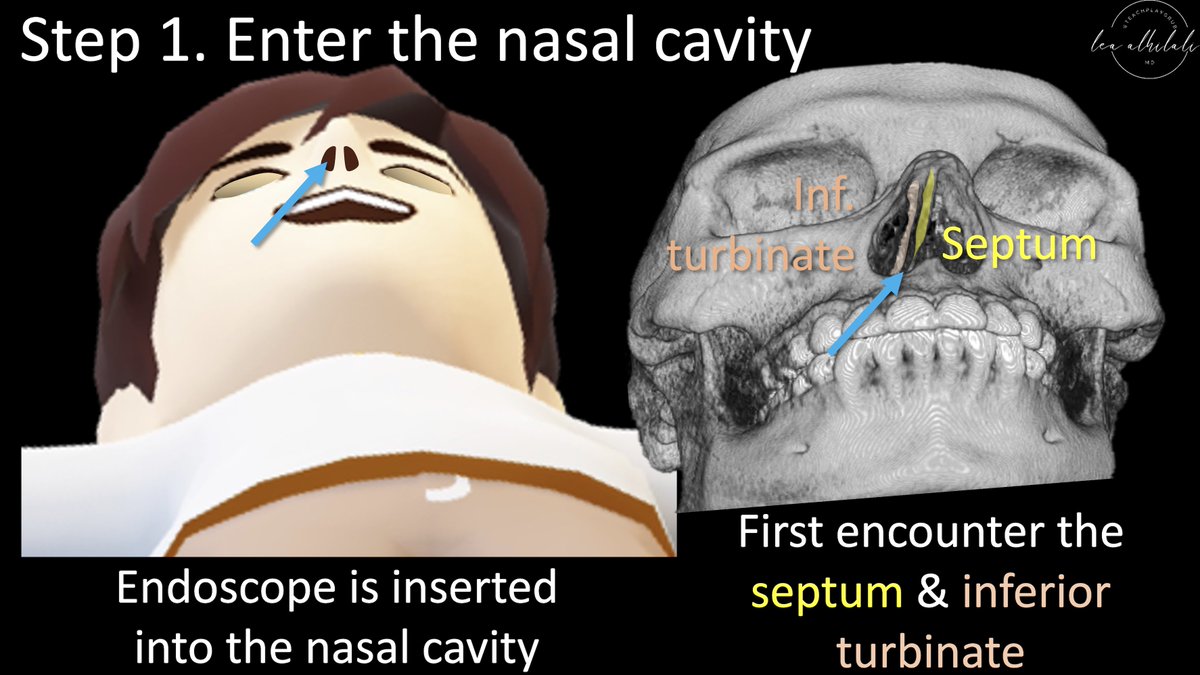

 2/First anatomy.
2/First anatomy.

 2/TLICS scores a fx on (1) morphology & (2) posterior ligamentous complex injury
2/TLICS scores a fx on (1) morphology & (2) posterior ligamentous complex injury

 2/The PPF is a crossroads between the skullbase & the extracranial head and neck
2/The PPF is a crossroads between the skullbase & the extracranial head and neck

 2/Let’s start with L1. L1 radiates to the groin. I remember that b/c the number 1 is, well, um…phallic. So the phallic number 1 radiates to the groin.
2/Let’s start with L1. L1 radiates to the groin. I remember that b/c the number 1 is, well, um…phallic. So the phallic number 1 radiates to the groin. 

 2/Everyone knows about the blood supply to the brain.
2/Everyone knows about the blood supply to the brain.

 2/CT in acute stroke has 2 main purposes
2/CT in acute stroke has 2 main purposes

 2/Over 30 years ago, Modic et al. found there were 3 types of degenerative endplate changes:
2/Over 30 years ago, Modic et al. found there were 3 types of degenerative endplate changes:

 2/Just think of the brain as a donut. Like a donut, it’s a bunch of stuff around a hole in the middle.
2/Just think of the brain as a donut. Like a donut, it’s a bunch of stuff around a hole in the middle. 

 2/To understand spinal dural AVFs, you need to understand basic spinal vascular anatomy.
2/To understand spinal dural AVFs, you need to understand basic spinal vascular anatomy. 

 @TheAJNR 2/The etiology for dizziness can have very diverse causes—each with very different treatments.
@TheAJNR 2/The etiology for dizziness can have very diverse causes—each with very different treatments. 
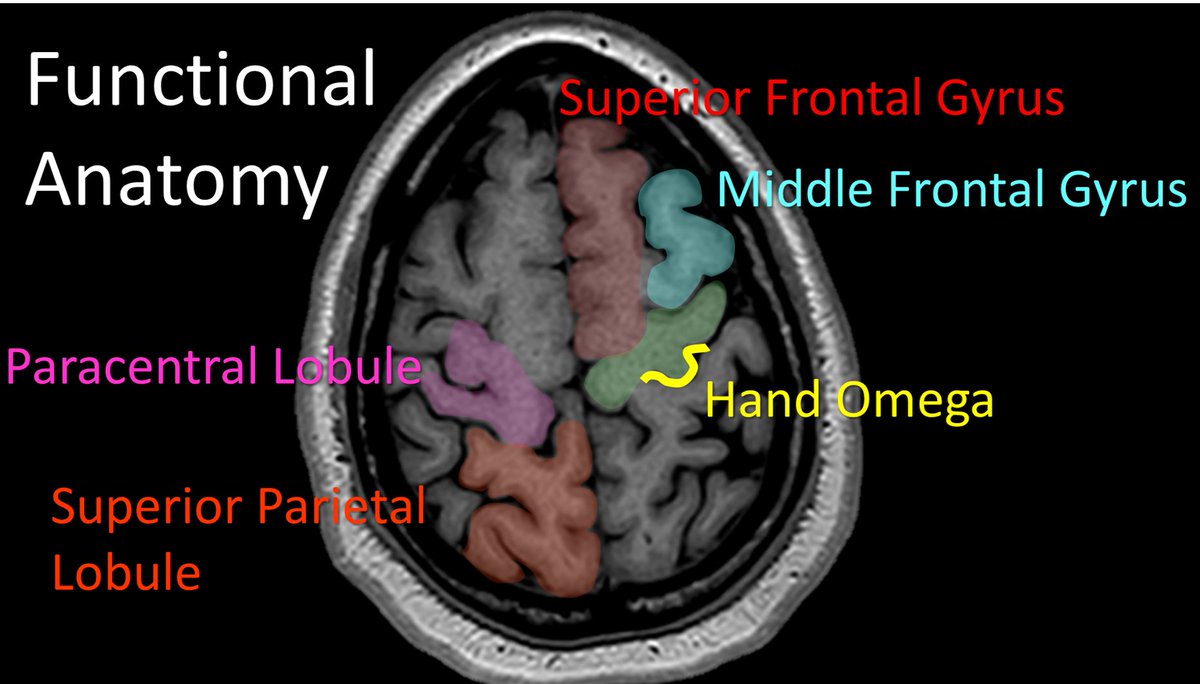
 2/Let’s start at the top. At the vertex is the superior frontal gyrus. This is easy to remember, bc it’s at the top—and being at the top is superior. It’s like the superior king at the top of the vertex.
2/Let’s start at the top. At the vertex is the superior frontal gyrus. This is easy to remember, bc it’s at the top—and being at the top is superior. It’s like the superior king at the top of the vertex. 
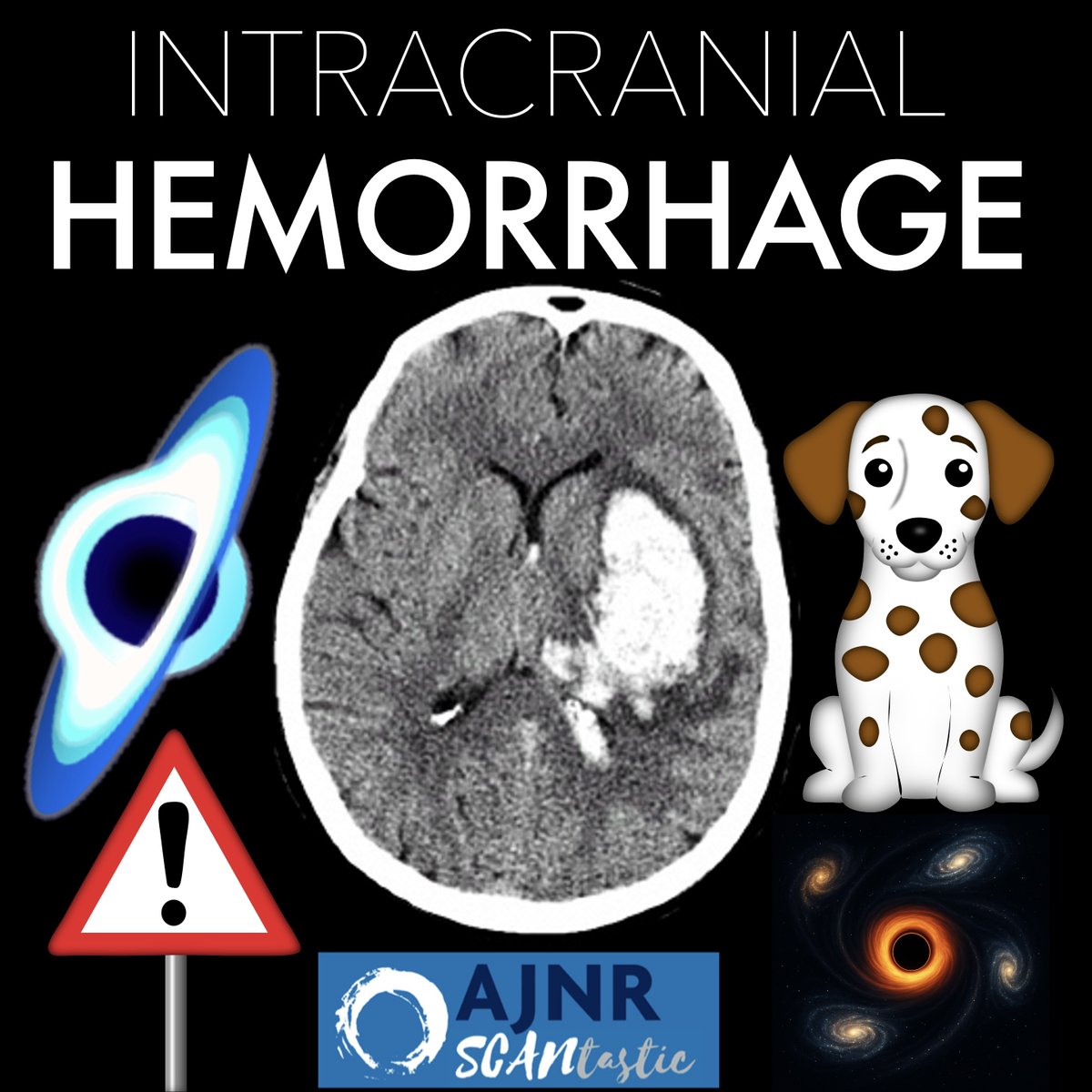
 @TheAJNR 2/Everyone knows about the spot sign for intracranial hemorrhage
@TheAJNR 2/Everyone knows about the spot sign for intracranial hemorrhage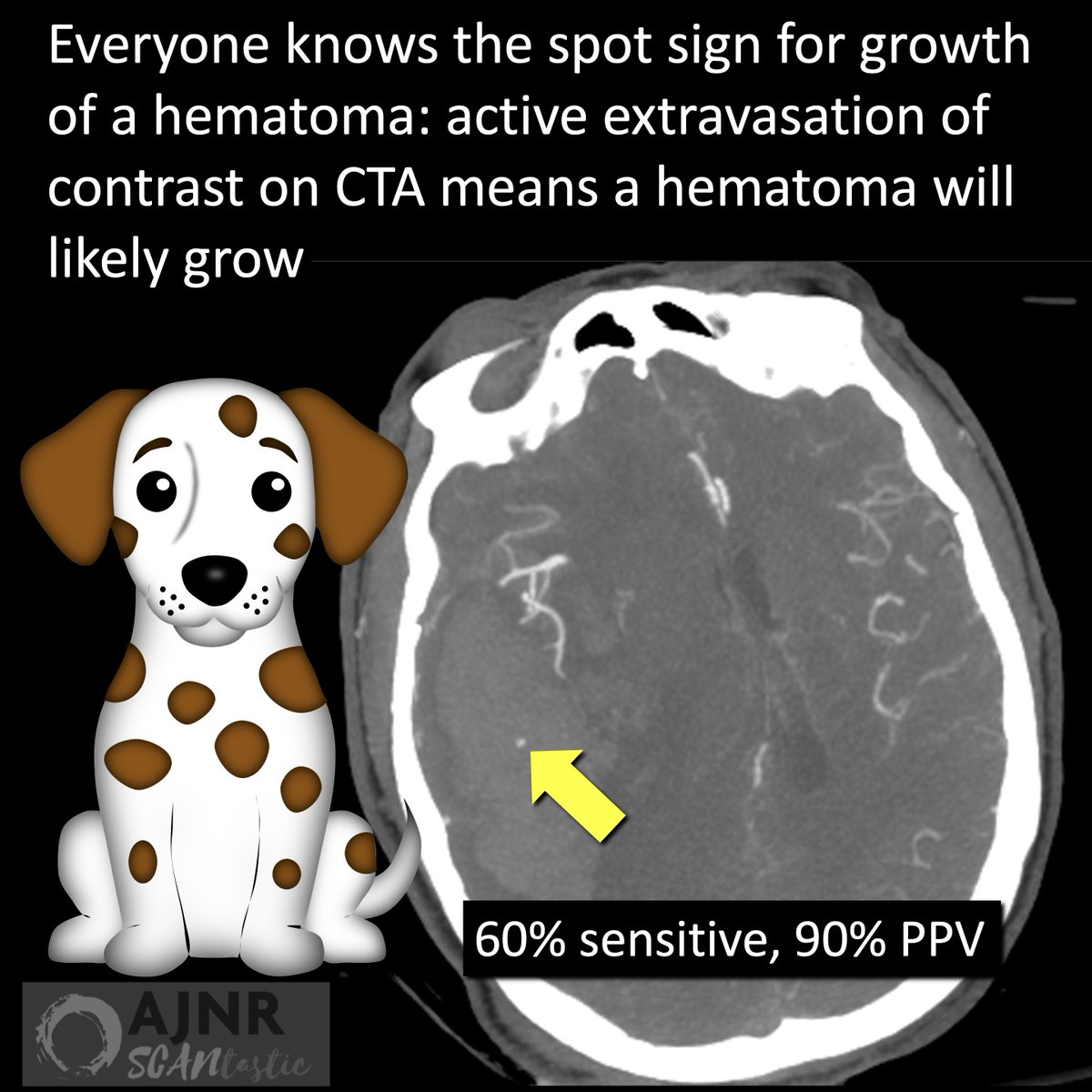

 2/ICA is like a staircase—winding up through important anatomic regions like a staircase winding up to each floor Lobby is the neck.
2/ICA is like a staircase—winding up through important anatomic regions like a staircase winding up to each floor Lobby is the neck. 